11 GPTs for Process Visualization Powered by AI for Free of 2025
AI GPTs for Process Visualization are advanced computational tools that leverage Generative Pre-trained Transformers to assist in creating, understanding, and improving process diagrams and workflows. These AI models are fine-tuned to grasp and generate visual representations of processes, making them invaluable for tasks requiring detailed visualization of workflows, data flows, and operational sequences. By interpreting natural language inputs, these tools can automatically generate visual diagrams, making complex process information accessible and easier to comprehend. Their relevance spans across improving communication, planning, and analysis within various domains, underscoring their tailored solutions for process visualization.
Top 10 GPTs for Process Visualization are: Flowchart Generator,流程图大师 Flowchart Master,Process Model Generator,Istio Advisor,MegnusGPT,Project Enhancer No Flow No Go,Sequence Diagrams,System Mapper,🧬 CellSimulator: BioLab AI 🦠,RUSH
Flowchart Generator
AI-Powered, User-Guided Flowchart Crafting
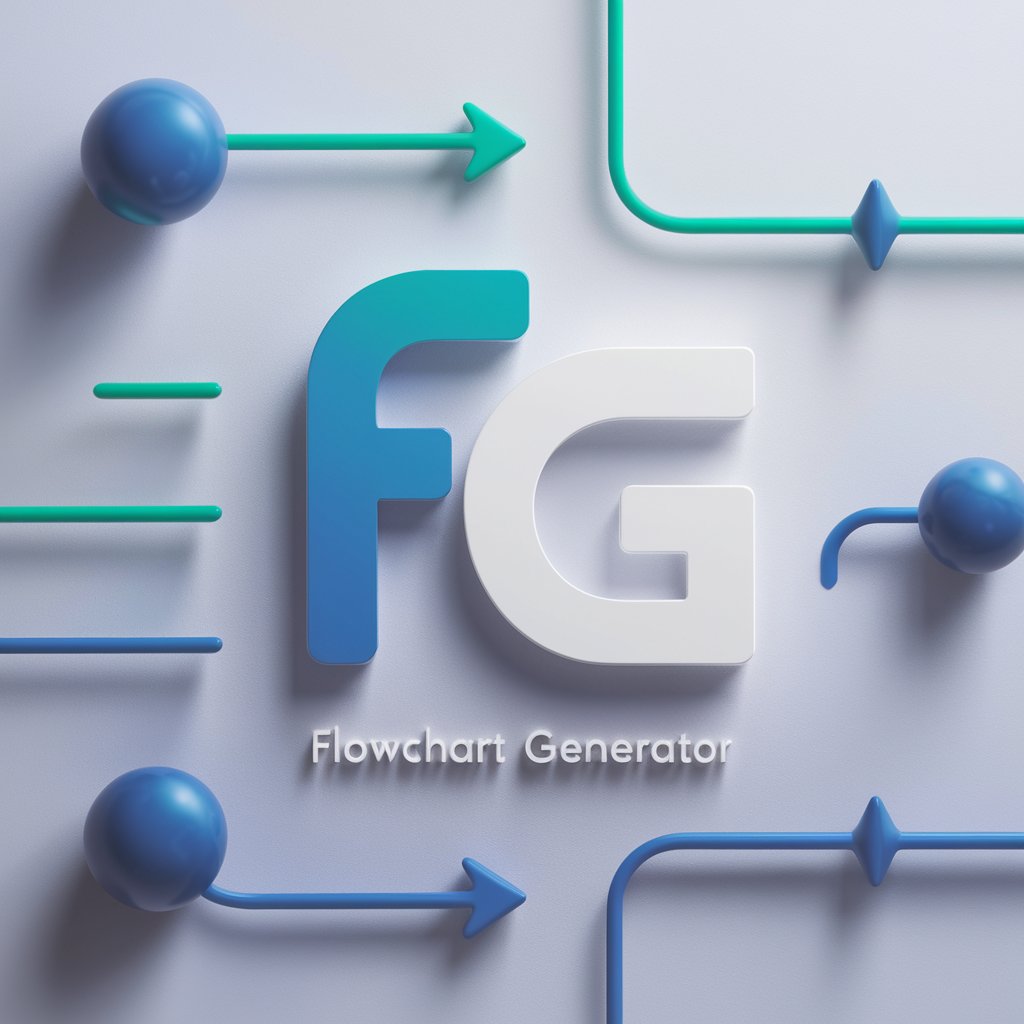
流程图大师 Flowchart Master
Simplify process mapping with AI
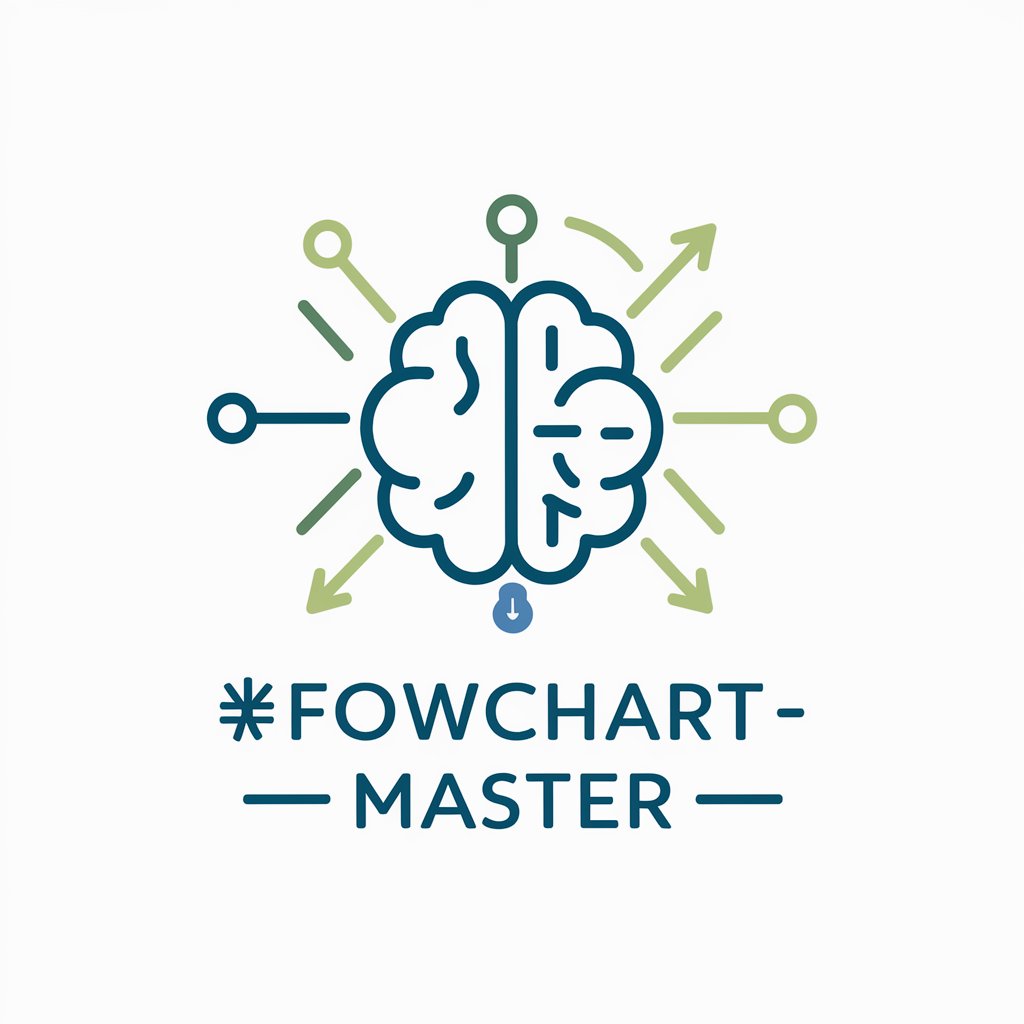
Process Model Generator
Simplifying complexity with AI-powered diagrams
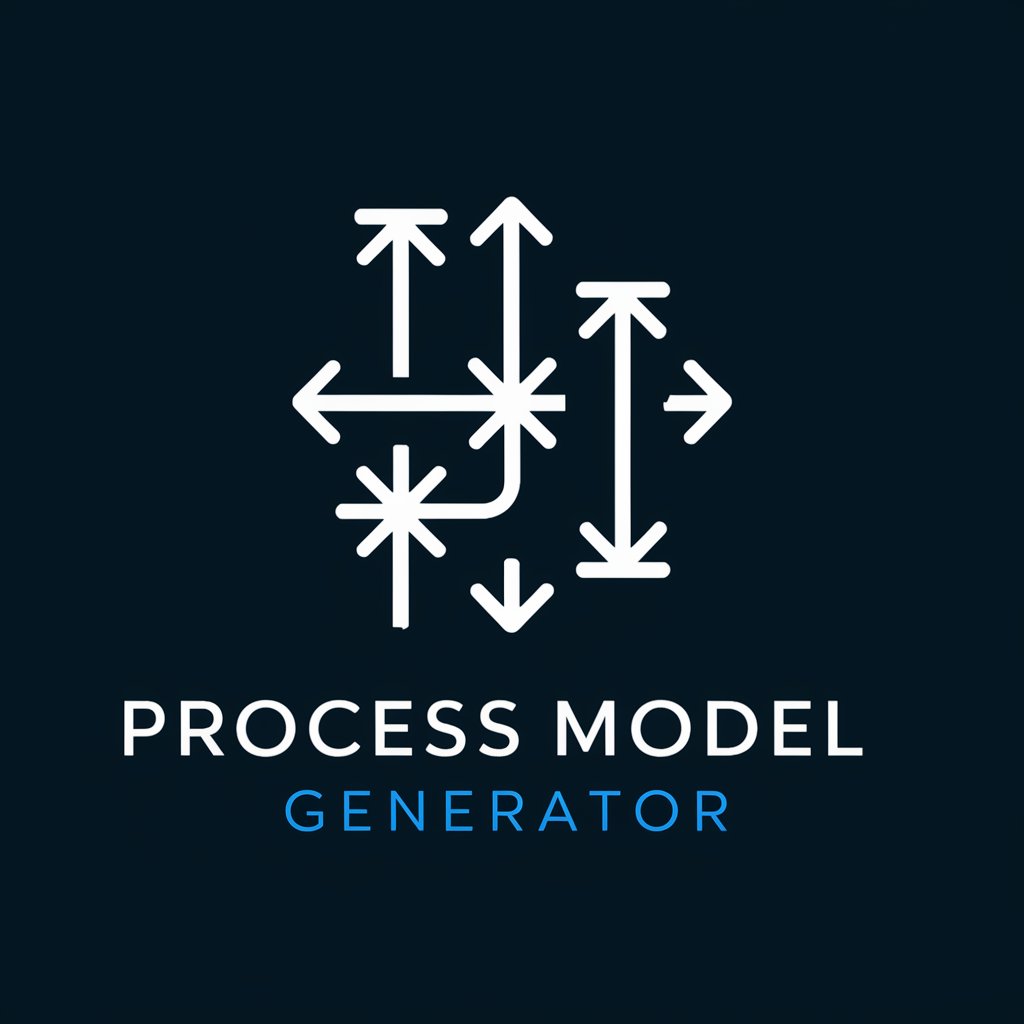
Istio Advisor
Empowering Istio Configurations with AI
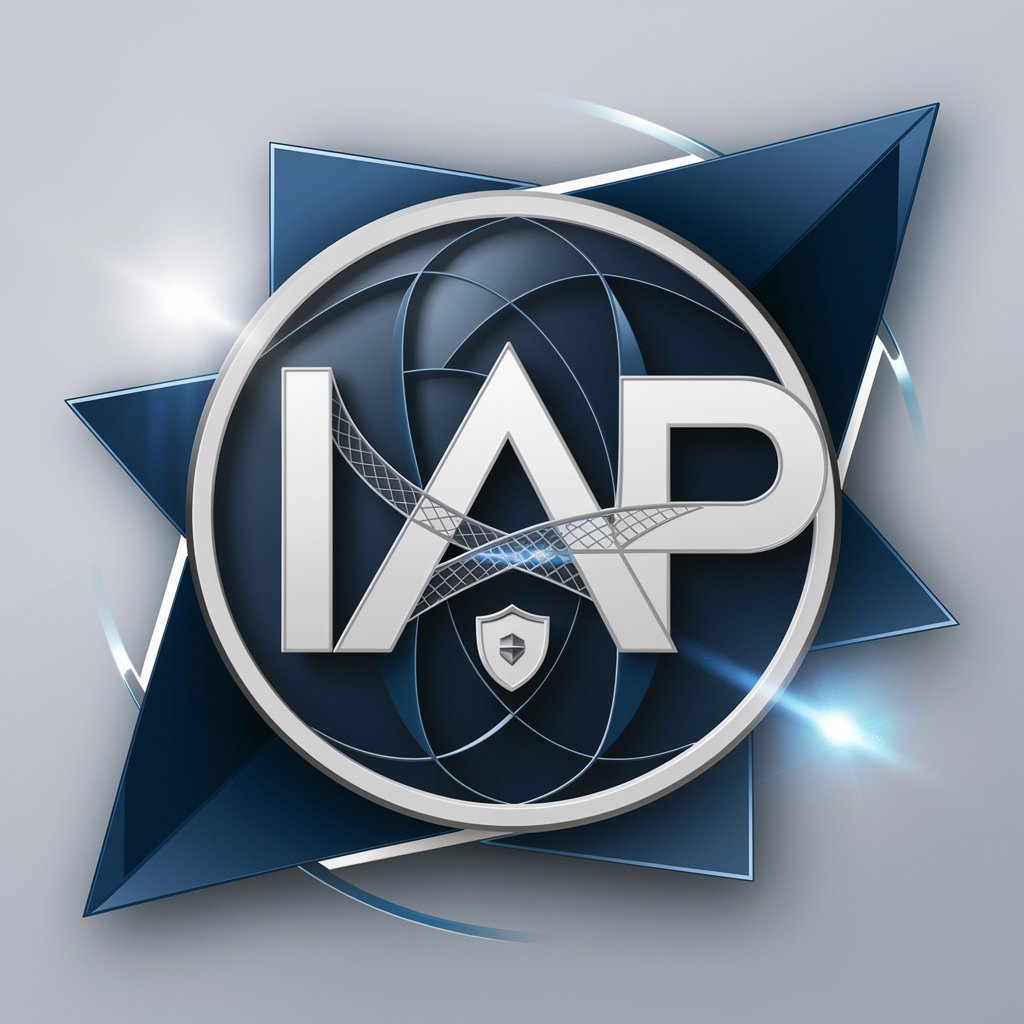
MegnusGPT
Mapping Complexity with AI Precision
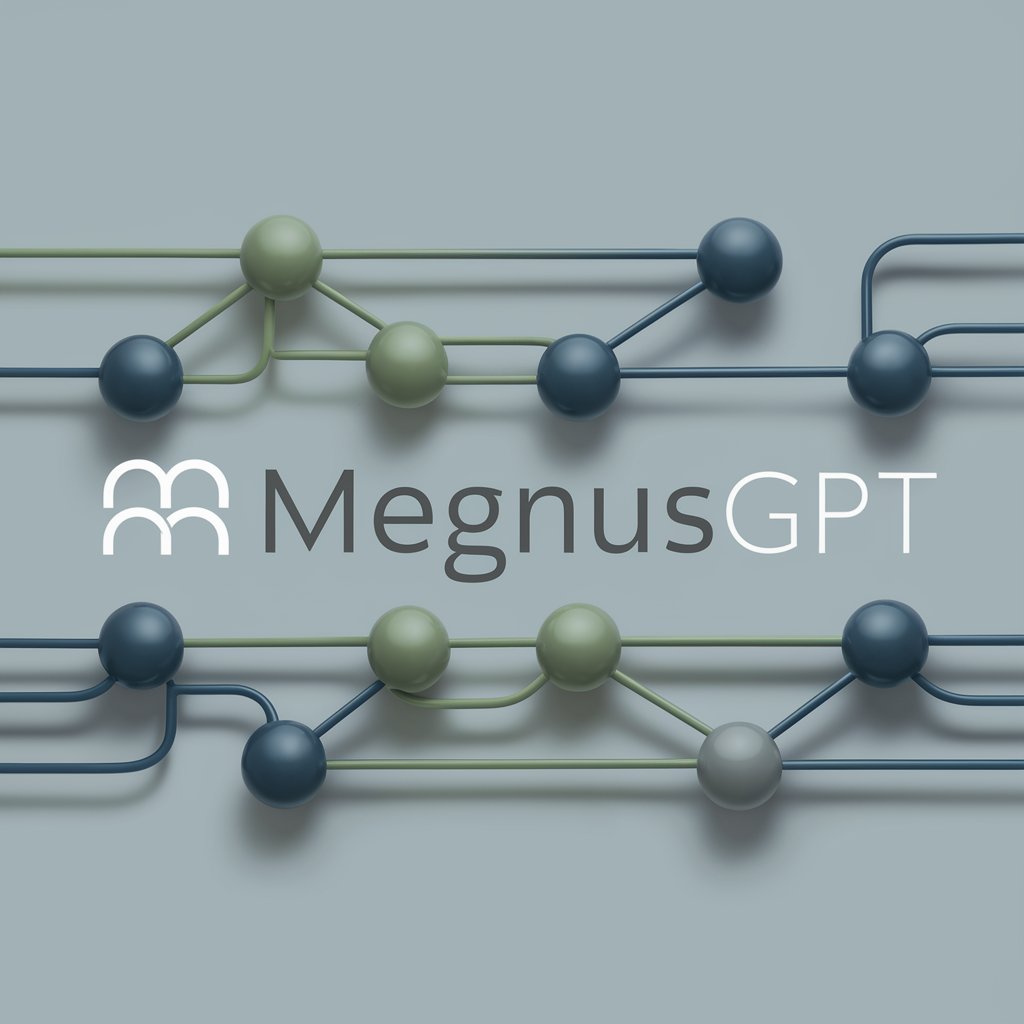
Project Enhancer No Flow No Go
Enhance projects with AI-powered diagrams.
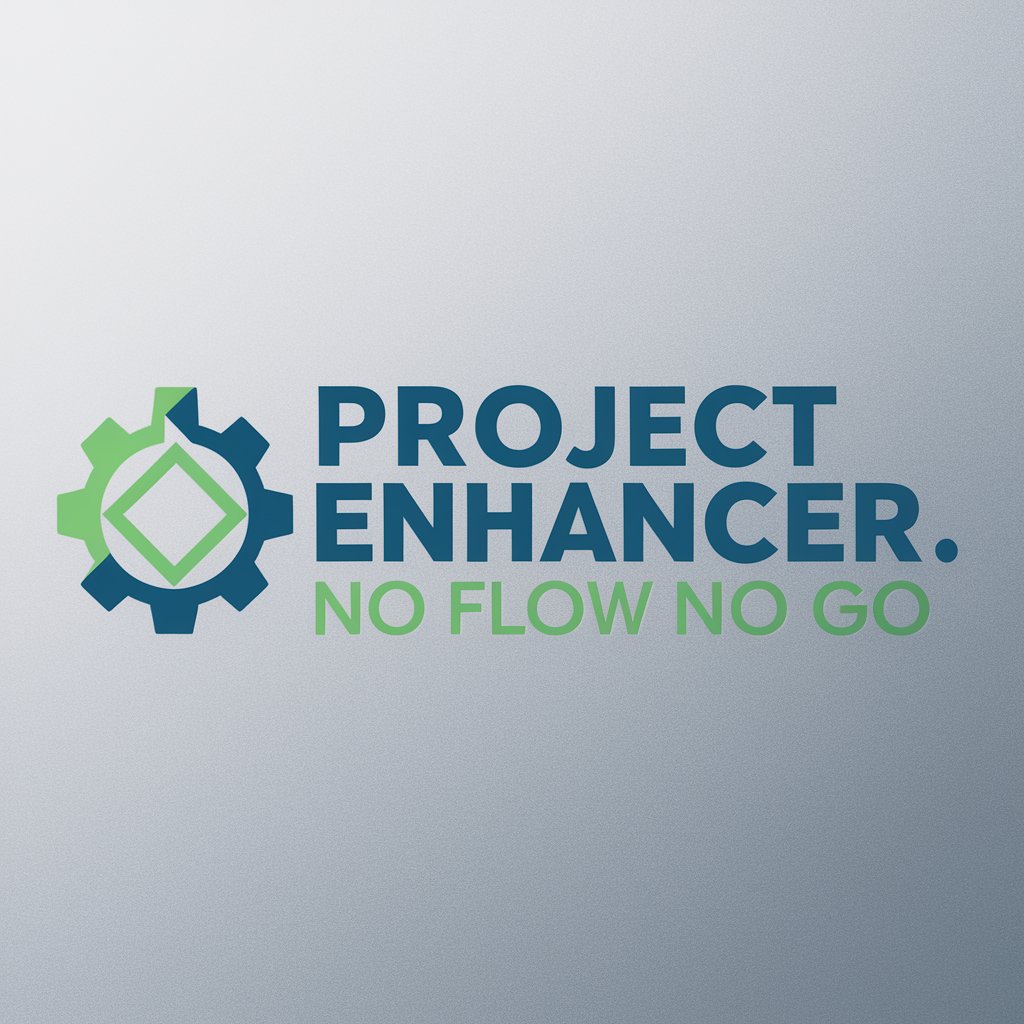
Sequence Diagrams
Visualizing interactions with AI
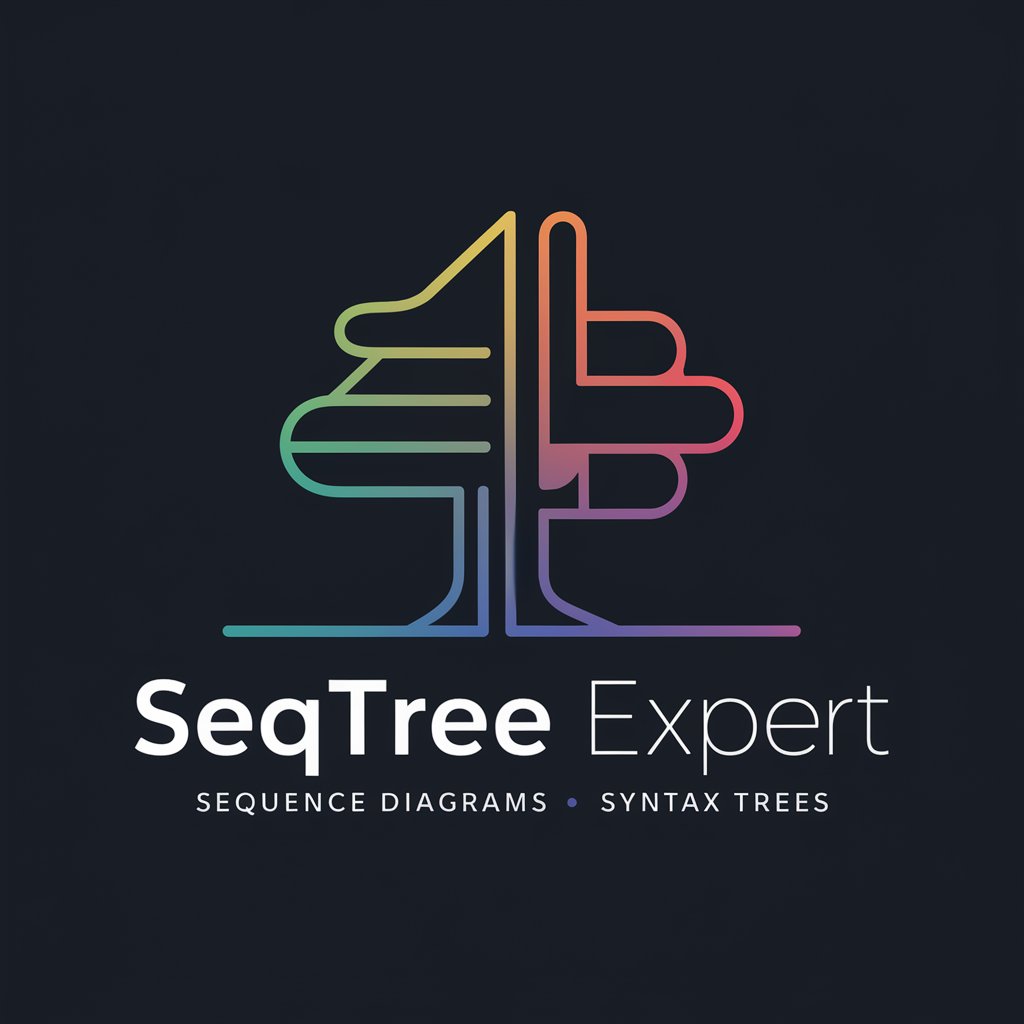
System Mapper
Mapping Complexity Made Simple
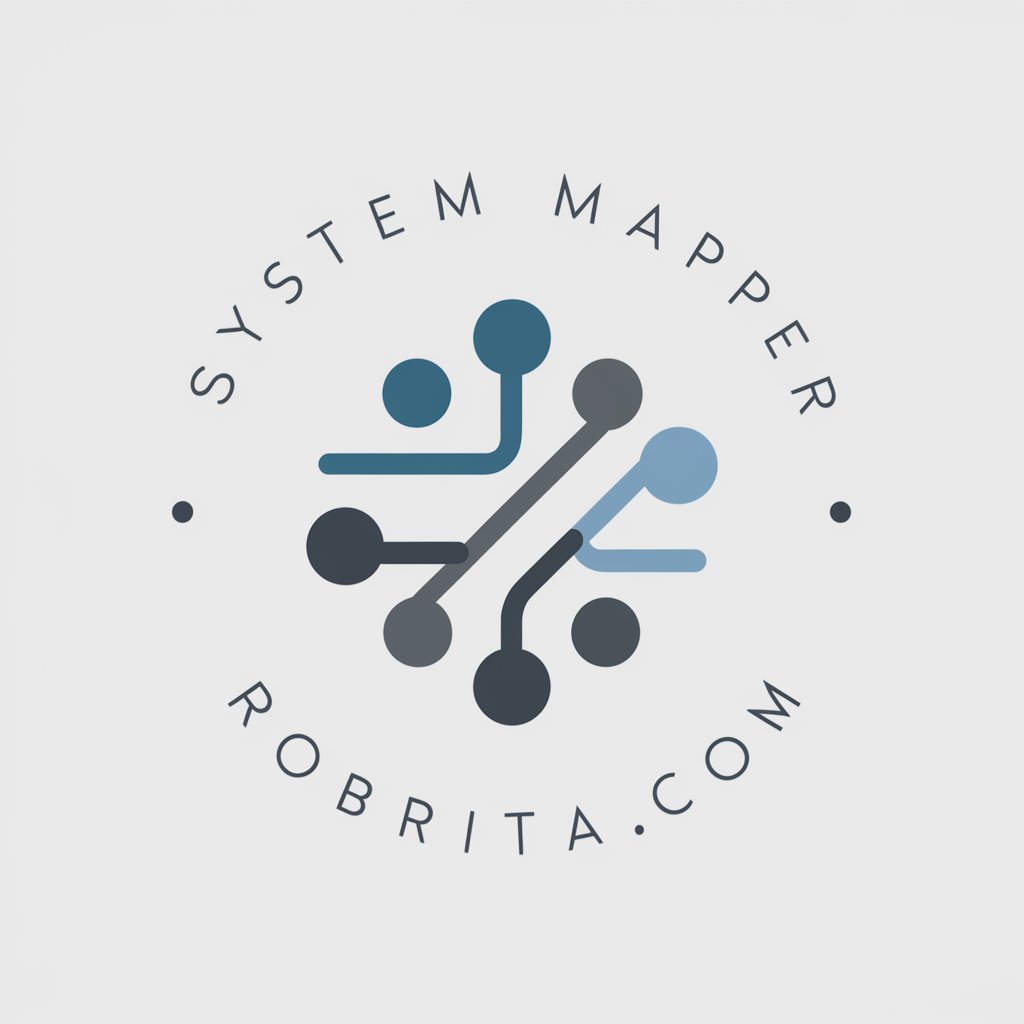
🧬 CellSimulator: BioLab AI 🦠
Visualize Biology with AI
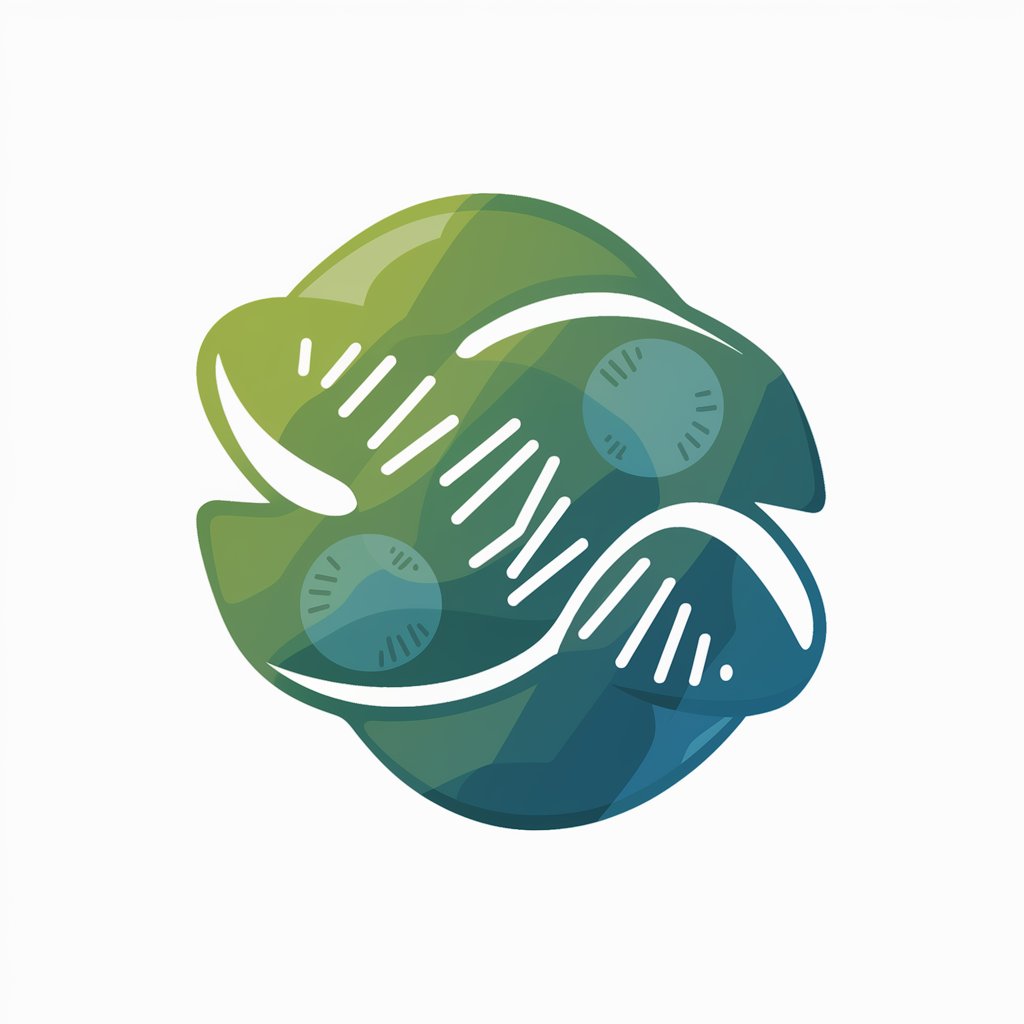
RUSH
Visualize Actions with AI-Powered Sequences
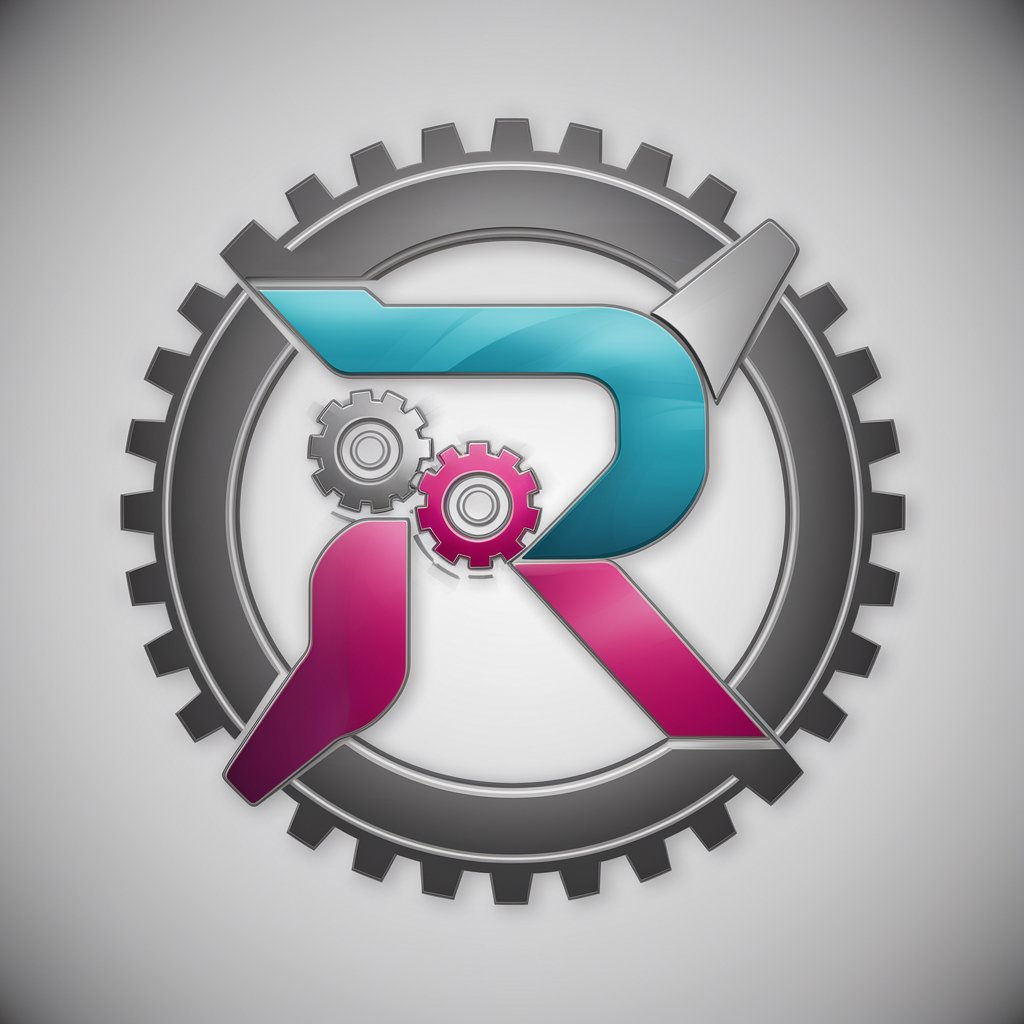
Immigration Law Helper
Streamlining Immigration with AI
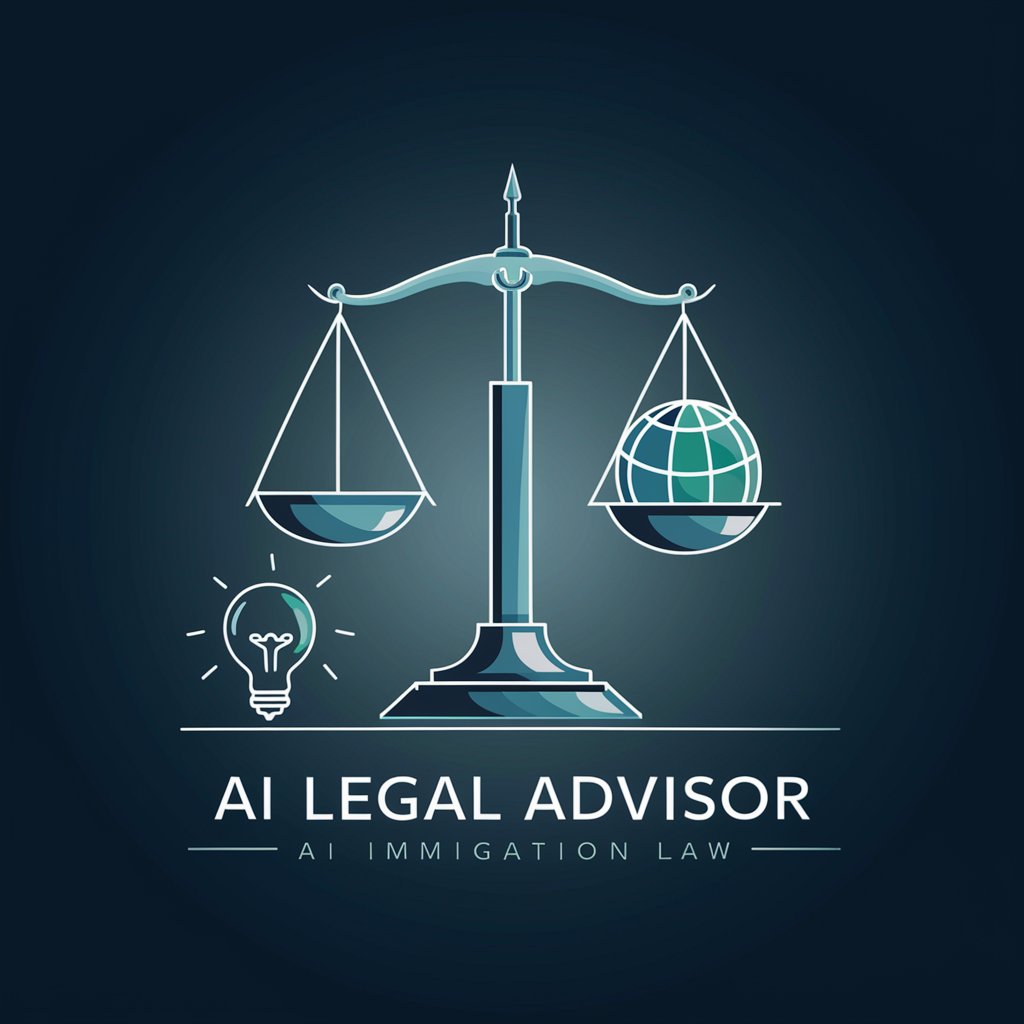
Essential Attributes and Functions
AI GPTs for Process Visualization stand out due to their ability to understand and generate complex process diagrams from textual descriptions. Key features include: natural language processing for intuitive interaction, dynamic visualization generation to represent processes visually, adaptability across different complexity levels, from simple flowcharts to intricate process maps, and integration capabilities with existing software tools for seamless workflow enhancement. These GPTs also offer real-time updates to diagrams based on changes in process descriptions, fostering a collaborative environment for process optimization.
Who Benefits from Process Visualization GPTs?
The primary beneficiaries of AI GPTs for Process Visualization include novices seeking to understand process mapping, developers integrating these tools into larger systems, and professionals across various industries looking to optimize their operational workflows. These tools are designed to be accessible to users without extensive coding skills, offering intuitive interfaces and guidance. Simultaneously, they provide powerful customization options for those with programming expertise, allowing for tailored solutions that meet specific process visualization needs.
Try Our other AI GPTs tools for Free
Software Design
Discover how AI GPTs for Software Design revolutionize the development process, offering tailored solutions that enhance efficiency, creativity, and project management for developers and novices alike.
JavaScript Learning
Discover how AI GPTs tools revolutionize JavaScript learning with personalized guidance, interactive coding, and real-time feedback, tailored for beginners to experts.
Script Testing
Discover how AI GPTs for Script Testing revolutionize code validation and optimization, offering tailored, user-friendly solutions for developers and novices alike.
Interactive Coding
Explore how AI GPTs for Interactive Coding revolutionize coding practices with real-time suggestions, multi-language support, and seamless integration into development workflows.
TOEFL Preparation
Elevate your TOEFL prep with AI-driven tools designed to personalize your learning journey, enhance language skills, and simulate the exam environment, all through an intuitive interface.
Cinematic Adaptation
Explore how AI GPTs revolutionize cinematic adaptation, offering tailored solutions for scriptwriting, dialogue enhancement, and visual storytelling.
Expanding the Horizon with GPTs
AI GPTs for Process Visualization are revolutionizing how industries approach process mapping and optimization. With user-friendly interfaces, these tools are making complex process information more accessible and easier to understand. Their integration capabilities allow for seamless incorporation into existing systems or workflows, enhancing productivity and collaboration. As these tools continue to evolve, they promise to unlock new possibilities in process management and optimization across various sectors.
Frequently Asked Questions
What exactly are AI GPTs for Process Visualization?
AI GPTs for Process Visualization are specialized AI tools designed to create, analyze, and improve visual representations of processes using natural language inputs.
How do these tools understand complex processes?
They use advanced natural language processing and machine learning algorithms to interpret textual descriptions and generate corresponding visual diagrams.
Can I integrate these tools with existing software?
Yes, many AI GPTs for Process Visualization offer APIs and integration capabilities with popular software tools, enhancing existing workflows.
Do I need coding skills to use these tools?
No, these tools are designed for ease of use with intuitive interfaces that require no programming knowledge for basic functions.
How customizable are these visualization tools?
They offer a range of customization options, from adjusting the visual style of diagrams to defining complex process logic for more experienced users.
What types of processes can be visualized?
Almost any type of process can be visualized, including business workflows, data processing pipelines, and software development processes.
Are these tools applicable in educational settings?
Yes, they are highly beneficial for educational purposes, aiding in the teaching and understanding of process design and analysis.
What are the main advantages of using AI for process visualization?
The main advantages include time savings in diagram creation, improved accuracy of process representations, and enhanced ability to share and collaborate on process designs.